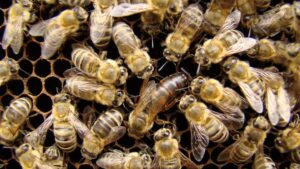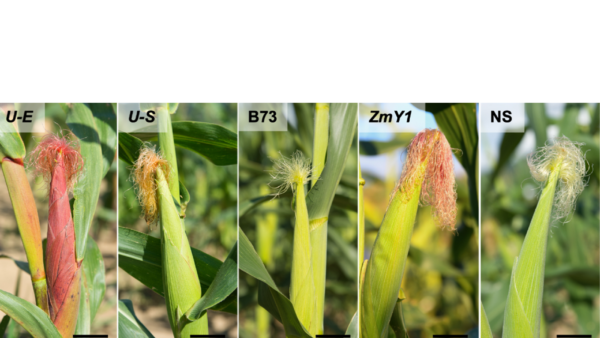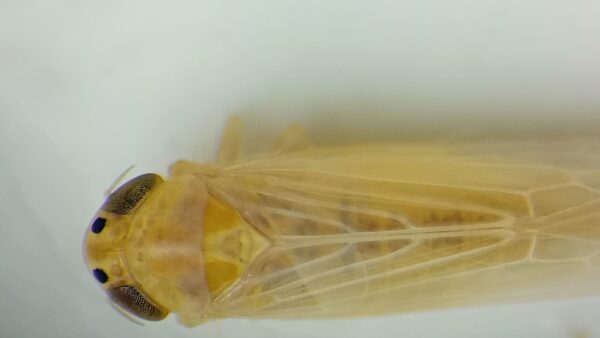Researchers have discovered that a network of viruses, previously associated with managed honeybees, might now pose a widespread risk to wild bumblebees, according to a new study published in the journal of Animal Ecology.
The study revealed multiple interconnected diseases threaten several bumblebee and honeybee species, which are essential pollinators of many agricultural crops and wild flowers. Previously research had only identified deformed wing virus, which had most likely spilled over from managed honeybees into wild bumblebee populations.
“Our results confirm a recent review of potential threats to pollinators, indicating that so-called honeybee viruses are widespread in wild bees,” says Mark Brown from the School of Biological Sciences at Royal Holloway, University of London. “It is imperative that we take the next step and identify how these viruses are transmitted among honeybees and wild bees, so that we can manage both to reduce their risk of disease.”
The research identified five viruses — black queen cell virus, deformed wing virus, acute bee paralysis virus, slow bee paralysis virus and sacbrood virus (all named for their effects in honeybees) from wild bumblebees and managed honeybees at 26 sites across Great Britain. Some of these infection levels were highest in honeybees and for others they were higher in bumblebees. This suggests that some viruses are predominantly spread by honeybees, while others rely on wild bumblebees.
“Our findings are important because they indicate that many viruses can spread easily between pollinator species and, furthermore, that they can reach very high disease levels in wild bumblebees,” says Dino McMahon, from Queen’s University in Belfast, Ireland.










